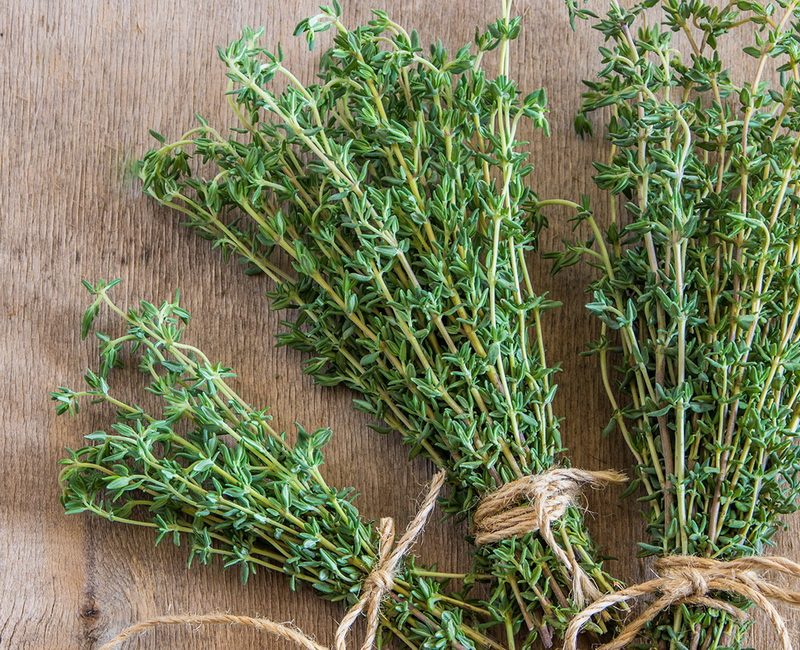The choice of plants for your garden is not an easy task especially if the space is limited. There are plenty of crops you can grow. Some of them are your favorites while others are appreciated by your family members. Yet, personal preferences are not the only principle you should consider when choosing plants. There is a list of must-haves you can’t but should cultivate. Thyme must head the list. This herb is known as a miracle means for both health and culinary.
Reasons to start growing thyme
Thanks to the organic component called thymol, this plant is able to prevent fungal and viral infections. You can hardly find a better variant if your aim is to boost your immune system. The herb is a perfect source of vitamins A and C. Thyme is an effective helper when it comes to fighting a sore throat. You may add a couple of oil drops into your soup or tea to get rid of sore throat. If you have problems with blood pressure, it’s enough to substitute thyme for salt n your kitchen and you will be surprised with the results. The plant is able to lower the heart rate.
The next reason to grow this herb is your desire to keep your garden in order. The thing is the vine is able to repel pests such as rats, mice, and mosquitoes.
The number of culinary recipes with thyme is amazing. You can add it to any dish with poultry or meat, fish or mushrooms. It has a charming scent and delicious taste.
How to grow thyme
The first thing you should do is choose the type of thyme you would like to grow. There are plenty of available variants that thrive well in zones 5 to 9. They vary in size, shapes, and colors of the leaves, flowers. The most popular types are the following:
- Archers Gold is a low-growing variety. Its main peculiarity is lemon-scented leaves. It’s a perfect variant to be added for chicken and fish dishes;
- Peter Davis can become a perfect decoration for your landscape design. Gentle pink flowers are charming;
- Bertram Anderson is good for paths. The significant peculiarity of this variety is yellow leaves with a mild flavor.
The next thing to do is to pick up the proper spot in your garden. The plant likes full sun and heat. It’s a drought-tolerant herb that’s why you don’t need to worry about sparse rainfall. Yet, the plant requires well-drained soil with a pH between 6 and 8. It’s a good idea to plant thyme near cabbage or tomatoes.
You don’t need to spend much time and effort to grow herbs. The same is true about maintenance. It’s necessary to water the samples only when the soil is dry. Fertilizing is not obligatory. You can add compost in spring just right after you’ve planted the seedlings.
To add thyme into dishes or use it as a medical means, you have to harvest the plants. There are two main ways to store herbs. You may dry or freeze them.
To sum it up, you should remember that thyme is a really multi-functional plant that has plenty of advantages and is easy to grow.

Great content! Super high-quality! Keep it up! 🙂